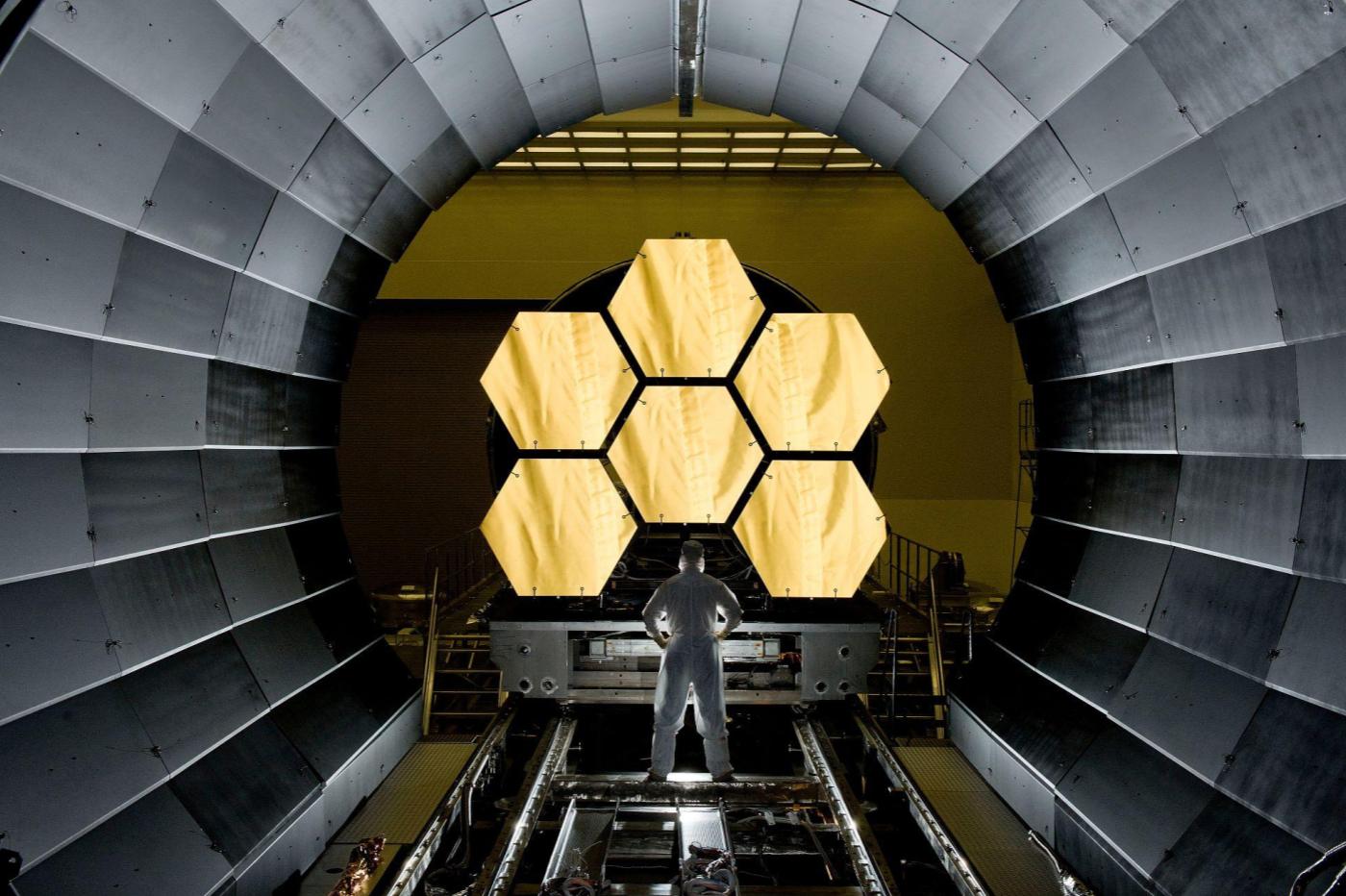
The use of lithium ion batteries in data centers is growing. They are commonly used in uninterruptible power supplies, and according to Network World they are expected to reach 38.5% of the total used in data centers by 2025. Their adoption is due to their lower carbon footprint, simplicity its maintenance and a longer useful life expectancy than acid batteries. In addition, lithium-ion energy storage is a key element in the distribution of renewable energy. But they have a rather significant drawback for data centers: have a greater fire hazard than lead acid batteries valve regulated.
This problem means that concern among data centers about the danger posed by these batteries is growing remarkably in recent months. The last one, which severely damaged a data center, occurred on March 28 in Maxnod (France), and in recent months there have been small fires in several centers in various countries, with small cuts and interruptions in service in them as a consequence. Many remember the fire, at the beginning of 2021, that devastated one of the data centers of the hosting provider OVHcloud.
A problem with lithium-ion batteries could also be behind the fire on October 15 at an SK Group data center in South Korea. It started in a battery room and its consequences affected several South Korean technology companies.
According to an annual uptime analysis of data center reliability, 7% of data center outages were caused by fire. It is not, however, the main cause of blackouts, which continue to be connectivity problems, in 29% of cases. But it is a significant percentage.
Also, fire protection is problematic when it comes to batteries and runaway heat, which occurs when they rise in temperature faster than they can dissipate heat. Over time, the data center industry has gained a better understanding of this runaway heat in acid batteries and have developed smart charging circuitry that improves its detection and prevents problems. But in the case of lithium-ion batteries, the behavior of this type of heating is different, and they have not yet mastered its prevention and treatment.
To further complicate matters, lithium-ion batteries get hotter than acid batteries, and if the casing they’re in is damaged, they don’t react well with oxygen or water. For now, the sector does not fully understand all the types of failure that these batteries can have, and the charging circuits cannot overcome them all.
As with all batteries, when a battery starts to burn it is difficult to turn it off. It’s going to do it until it uses up all its energy, and pouring water on it doesn’t work. It only prevents the fire from spreading, but nothing more. And since it burns at a higher temperature than acid batteries, it’s going to do more damage. It will also burn longer because it has more energy.
In an attempt to control this problem, authorities and regulatory agencies in various countries are issuing various requirements related to the storage of lithium-ion batteries. Some experts also recommend paying attention to the design of data center facilities if these types of batteries are to be used. In these cases, experts recommend separating them from the rest of the facilities and place them in his own room independent.
On the other hand, it is recommended that these rooms have at least two walls with fire resistance, as well as the ceilings. In addition, it is also recommended to have a foam-based fire fighting system, which is capable of softening the fire and helps to extinguish it. Therefore, it helps more to achieve it than water.
If a distributed rather than centralized battery system is used, should one catch fire, the fires will be smaller and can be contained to affect at most a few racks. Of course, the smoke and the remains of the fire always affect the racks located in the immediate vicinity, which can lead to failures in them in the future. That is why you have to be careful with these batteries and be aware of possible overheating and fires.
Photo: Jacobs School of Engineering, UC San Diego



